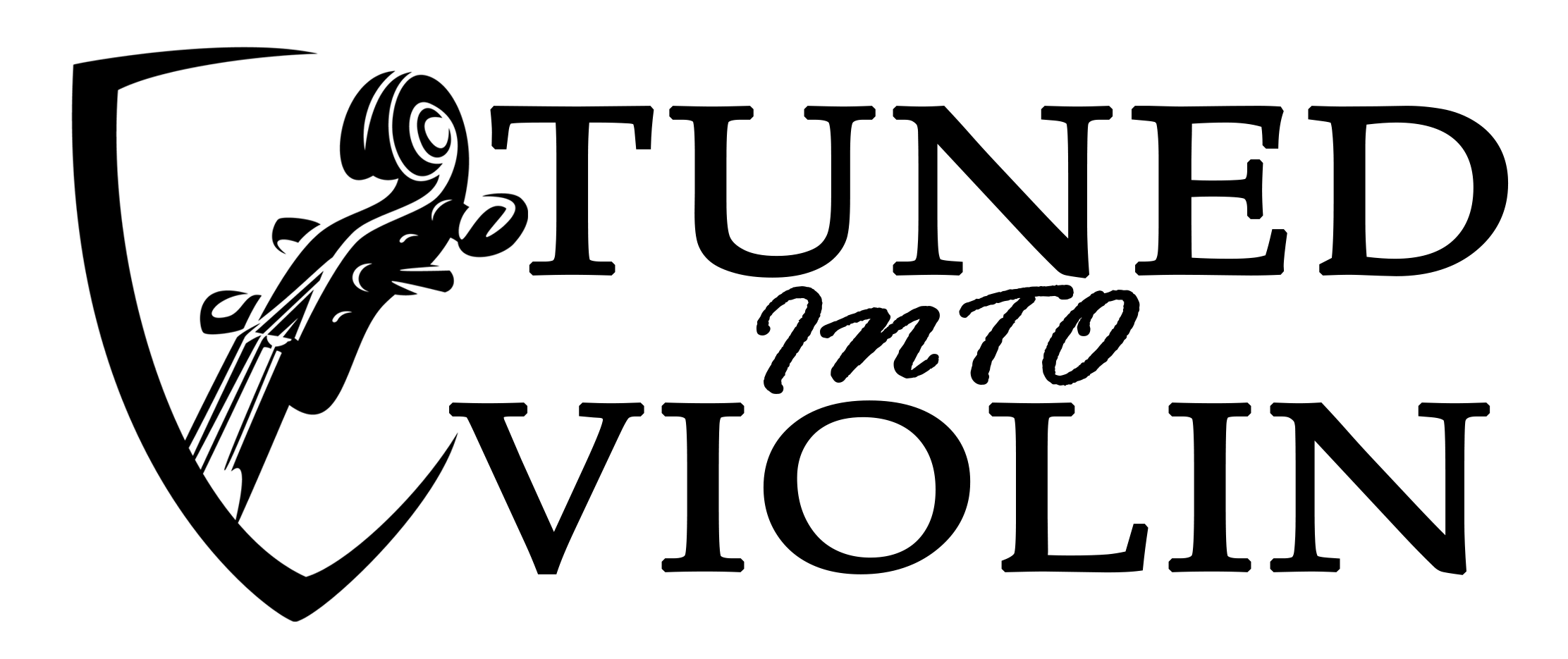Introduction:
When I first embarked on my violin journey, the concept of vibrato was shrouded in a mix of fascination and mystery. The first time I heard vibrato in a violin piece, it was like listening to the violin sing, its voice oscillating with warmth and depth. As a young violinist, the desire to replicate that expressive sound became a driving force in my practice. In this narrative, I’ll share my journey of mastering the art of vibrato on the violin, weaving through the challenges and triumphs, in hopes of inspiring and guiding others on this beautiful and intricate aspect of violin playing.
The Early Stages: Grasping the Basics:
Vibrato initially seemed like an advanced, elusive technique that only seasoned violinists could achieve. However, my teacher introduced it early in my learning process, emphasizing its importance for musical expression. The basics of vibrato involved a controlled rocking motion of the finger, wrist, and forearm. At first, my attempts were awkward and rigid; the sound was far from the fluid, natural oscillation I admired. Learning to relax my hand and arm while maintaining control was a significant initial challenge. I started with simple exercises, practicing the vibrato motion slowly and without the bow, focusing on achieving a consistent, rhythmic movement.
Incorporating Vibrato into Practice:
As my comfort with the vibrato motion grew, I began incorporating it into my playing. Starting with slow, sustained notes allowed me to concentrate on the quality of the vibrato. I learned that the key to a beautiful vibrato lies in its variation – the speed and amplitude could change the character of a note dramatically. Balancing these elements to suit the mood of the piece was a skill that developed over time. Practicing vibrato required patience and persistence. There were days when it felt like I was making no progress, but with continuous practice, the moments of breakthrough began to emerge.
Overcoming Challenges:
One of the challenges I faced was maintaining a consistent vibrato speed and width. In the beginning, my vibrato tended to either be too slow and wide, making it sound labored, or too fast and narrow, giving a nervous quality to the sound. I spent hours with a metronome, practicing at different speeds to develop a more controlled and versatile vibrato. Another challenge was integrating vibrato into faster passages and maintaining intonation. It required a delicate balance between the left-hand technique and the vibrato motion, a skill that I honed through targeted exercises and pieces.
The Role of Vibrato in Musical Expression:
Mastering vibrato opened new avenues of expression in my playing. It transformed notes into poignant expressions, adding depth and emotion to the music. Vibrato became a tool to convey the nuances of a piece, allowing me to interpret music more personally and expressively. The realization that vibrato could be varied – in speed, width, and intensity – to reflect different emotions and characters in music was a turning point in my musical interpretation.
Learning from Others:
Listening to and observing accomplished violinists was an invaluable part of learning vibrato. I attended concerts, watched online masterclasses, and listened to recordings, paying close attention to how different violinists employed vibrato in various musical contexts. This exposure not only provided inspiration but also broadened my understanding of how vibrato could be adapted to different styles of music.
Personal Growth Through Vibrato:
The journey of mastering vibrato was as much about personal growth as it was about technical skill. It taught me the importance of patience, attention to detail, and the expressive potential of the violin. Vibrato became a reflection of my musical voice, evolving as I grew as a musician. The satisfaction of achieving a rich, expressive vibrato after hours of dedicated practice was immensely fulfilling.
Advice for Aspiring Violinists:
For aspiring violinists working on vibrato, my advice is to approach it with patience and mindfulness. Start with the basics, focusing on achieving a relaxed yet controlled motion. Incorporate vibrato into your practice gradually, and be open to experimenting with its different aspects. Most importantly, listen to your playing and let your musical intuition guide the vibrato’s speed, width, and intensity.
Conclusion:
Mastering the art of vibrato on the violin is a journey of technique, expression, and personal discovery. It is a skill that requires time and dedication but offers profound rewards in the form of musical expression and depth. As I continue my journey with the violin, vibrato remains a central aspect of my playing, constantly evolving and reflecting my growth as a musician. For every violinist, mastering vibrato is not just about learning a technique; it’s about unlocking the expressive soul of the violin and finding your unique voice in its resonant oscillations.



